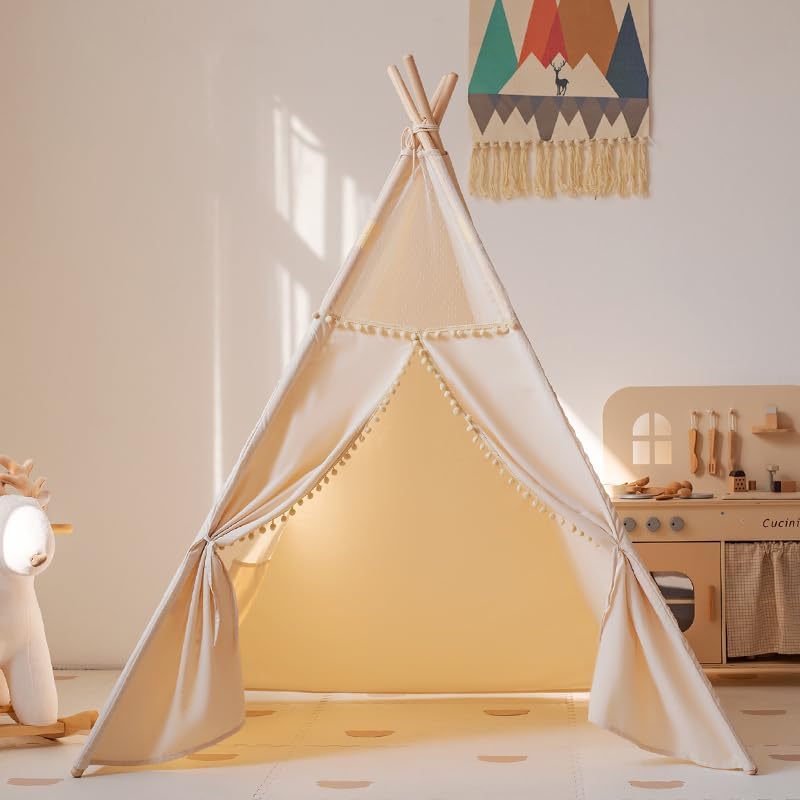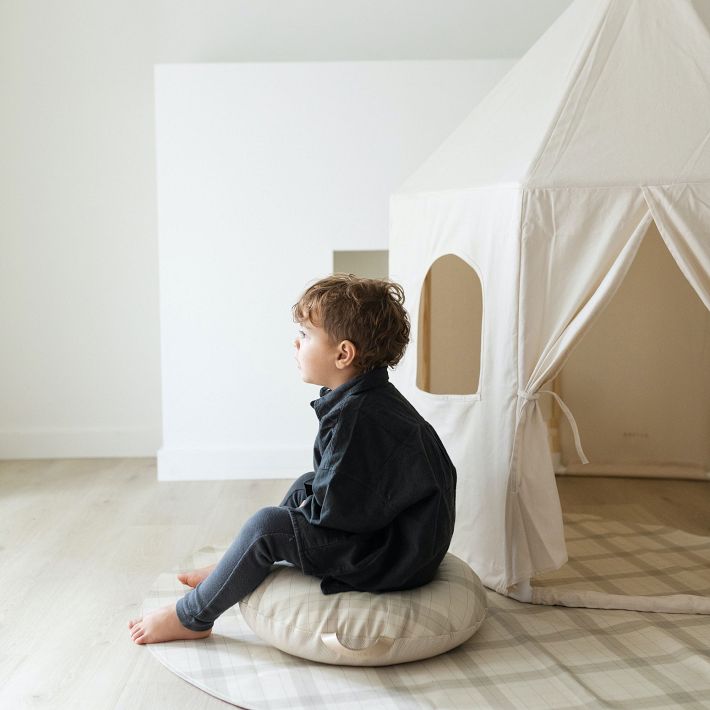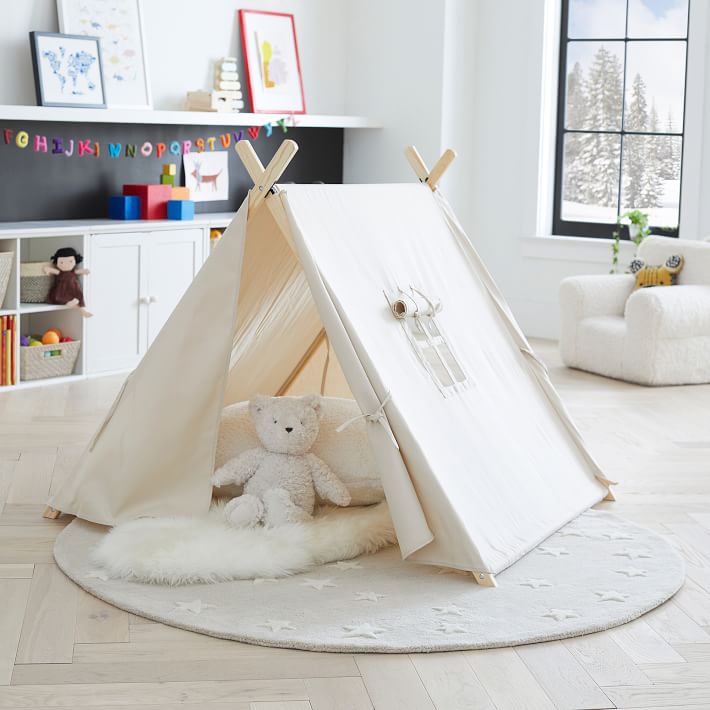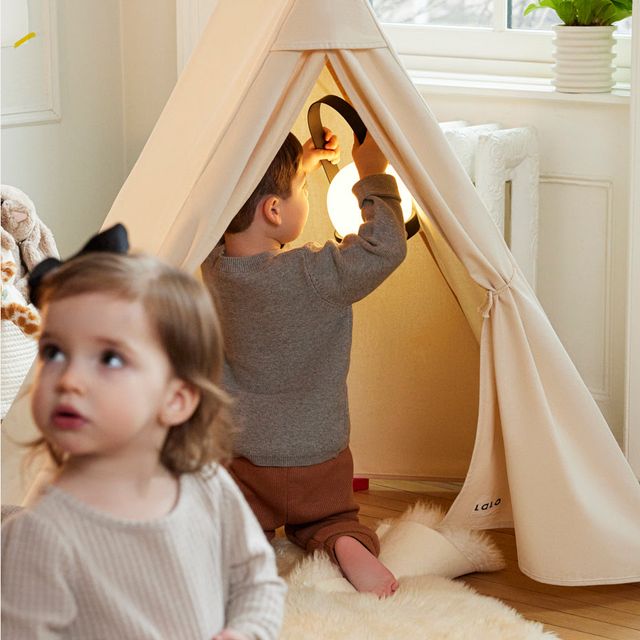Lalo play tents have rapidly gained popularity among parents seeking safe and imaginative play environments for their children. These tents provide a unique space for kids to explore their creativity while promoting physical and social skills. In this article, we will delve into the versatility, benefits, and various types of Lalo play tents that make them an excellent investment for your child’s development.
The Versatile Nature of Lalo Play Tents
Lalo play tents are designed with versatility in mind. They come in various shapes, sizes, and colors, making it easy to find the perfect fit for your home. Whether you’re looking for a classic tent or something more elaborate, Lalo offers numerous options to suit different preferences. Notably, these tents can be set up indoors or outdoors, allowing children to enjoy them in multiple environments.
Indoor Play Opportunities
When it comes to indoor play, Lalo tents create a cozy, inviting atmosphere. They provide a designated space where children can engage in imaginative adventures. For instance, kids can transform their tent into a pirate ship or a secret hideaway. This helps to stimulate their creative thinking. Additionally, parents can easily set these tents up in living rooms, bedrooms, or playrooms.
Moreover, indoor play promotes focus. Children often find it easier to concentrate in their own little worlds. Lalo play tents encourage this sense of ownership over their play environment. By allowing kids to personalize the tent, they will feel more engaged and invested in their activities. This connection enhances their imagination and plays a crucial role in their development.
Outdoor Play Adventures
On sunny days, Lalo play tents shine outside. The versatility of these tents is highlighted when they are placed in gardens or backyards. They provide protection from the sun, allowing for extended playtime without concern for harmful UV rays. Children can delve into outdoor adventures while staying safe and cool.
In outdoor settings, Lalo tents can become a natural extension of children’s play. For example, they can host mock camping trips, engaging in role-playing games that mimic real-life adventures. This helps children develop a sense of exploration. Furthermore, these tents can foster social interactions when kids play together, enhancing their communication skills.

Promoting Social Skills Through Play
One of the key benefits of Lalo play tents is the promotion of social skills. When kids play together, they learn vital lessons about cooperation, sharing, and teamwork. These tents provide a safe space for children to interact. As they navigate shared play scenarios, they develop critical social-emotional skills.
Encouraging Teamwork and Collaboration
Playing in a Lalo tent often requires teamwork. For instance, children may need to work together to build a fort or create a make-believe world inside the tent. This collaboration fosters a sense of unity and allows kids to practice taking turns. They learn to value the ideas and contributions of their peers.
Moreover, through interactions in the tent, kids negotiate roles and responsibilities. They may decide who gets to be the “leader” or “adventurer”. This fosters conflict resolution skills, as they will have to collaborate on decisions. As a result, they gain confidence in their ability to work with others.
Building Communication Skills
In addition to teamwork, Lalo play tents help kids develop their communication skills. When children are immersed in imaginative play, they often engage in dialogue. They might create scenarios that require verbal exchanges. Through these conversations, young ones learn to articulate their thoughts and express their emotions effectively.
Sharing stories or ideas while playing transforms these moments into valuable learning opportunities. Children practice listening actively and responding appropriately. As they interact, they build empathy and understanding toward others. This helps them form social bonds that may last a lifetime.
Health Benefits of Using Lalo Play Tents
Beyond social development, Lalo play tents offer several health benefits. Engaging in physical play is crucial for children’s overall development. These tents promote active movement, allowing kids to expend energy and develop their motor skills.
Physical Activity and Movement
When children play inside or around their Lalo tents, they often jump, crawl, and run. These physical activities enhance their strength and coordination. Engaging in such movement is essential for healthy growth, as children learn to control their bodies.
Furthermore, active play reduces the risk of childhood obesity. When kids have a space to explore and play freely, they are less likely to engage in sedentary activities. Instead of sitting in front of screens, they actively participate in imaginative scenarios. This fosters a love for movement that can carry into adulthood.
Creating a Safe Space for Exploration
The design of Lalo play tents also contributes to a safe environment for exploration. Parents can easily supervise their children as they play. The enclosed space provides a level of security that allows kids to be adventurous while knowing they are protected.
Additionally, this safety encourages children to take calculated risks during play. They might experiment with different ways of moving inside the tent. This freedom to explore helps build self-confidence. Children become more willing to try new things, which positively shapes their character.

The Educational Value of Lalo Play Tents
Lalo play tents are not just fun; they provide significant educational value as well. Parents often seek ways to enhance learning experience through play. These tents create unique opportunities for skill development across various domains.
Enhancing Creativity and Imagination
Creativity and imagination are vital components of early childhood learning. Lalo play tents foster these skills by offering an open-ended environment. Children can create their own worlds, characters, and narratives. This imaginative play is crucial for cognitive development.
When kids engage in storytelling or role-play, they develop narrative skills. They learn to structure stories and communicate them to others. This boosts their linguistic abilities and encourages them to think critically. Moreover, imagination fosters empathy as children put themselves in someone else’s shoes.
Promoting Problem-Solving Skills
In addition to creativity, Lalo play tents encourage problem-solving. As kids navigate their play scenarios, they often encounter challenges. For example, they might find ways to create a makeshift bridge or resolve character conflicts.
This inquiry-based approach to play allows kids to experiment and explore solutions. They learn to think critically and develop resilience when faced with obstacles. As a result, they become adaptable learners prepared for future challenges.
Choosing the Right Lalo Play Tent
Selecting the perfect Lalo play tent can feel overwhelming due to the vast options available. However, understanding your child’s needs and preferences can simplify the decision-making process.
Assessing Size and Space Requirements
When considering a Lalo play tent, the first step involves assessing available space. Take measurements in the area where you intend to set it up. Ensure that the tent’s dimensions are appropriate for your home. This will prevent any unnecessary hassle during setup.
Moreover, think about how many children will typically use the tent. If you envision group play, opt for a larger model. On the other hand, a smaller tent may suffice for solo play. Prioritizing size helps you choose a tent that best suits your child’s play needs.
Material Selection and Durability
Another crucial aspect to consider is the material used in the tent’s construction. Lalo tents are typically made from durable, high-quality fabrics. Ensure the tent is easy to clean and maintain. Abrasion-resistant materials provide longevity to withstand typical wear and tear.
Additionally, consider any allergies your child may have. If skin sensitivities are a concern, look for tents made with hypoallergenic materials. Your child’s comfort and safety should always take precedence when making a decision.

Setting Up and Maintaining Your Lalo Play Tent
Once you have selected a Lalo play tent, the next step involves setting it up correctly. A well-assembled tent ensures optimal safety and enjoyment for your child.
Safe and Easy Setup
Lalo tents are designed for easy setup and takedown. Most models come with clear instructions and minimal components. Setting up the tent typically involves simple steps such as unfolding or attaching poles.
Moreover, ensure the tent is placed on a flat, even surface. This prevents tipping and provides stability. Parents should supervise the assembly process to give children a sense of security.
Regular Maintenance and Cleaning
Maintaining a Lalo play tent is essential for its longevity. Regular cleaning can prevent dirt buildup and extend its lifespan. Most tents can be wiped down with a damp cloth or machine washed, depending on the material.
Additionally, inspect the tent for any wear and tear regularly. Addressing minor issues can prevent them from becoming major problems. Keeping the tent in good condition ensures it remains a valuable resource for imaginative play.
Conclusion: The Lasting Impact of Lalo Play Tents
In conclusion, Lalo play tents offer numerous benefits for children. From promoting creativity and social skills to enhancing physical health, these tents are much more than whimsical spaces. They serve as vital tools for development and learning. Investing in a Lalo play tent means investing in your child’s future.
Moreover, as kids engage with their play tents, they create memories that last a lifetime. The joy and sense of adventure provided by these tents will contribute to their overall well-being. Thus, it’s evident that Lalo play tents are more than just a fun addition to a child’s play environment; they are fundamental to holistic child development.
